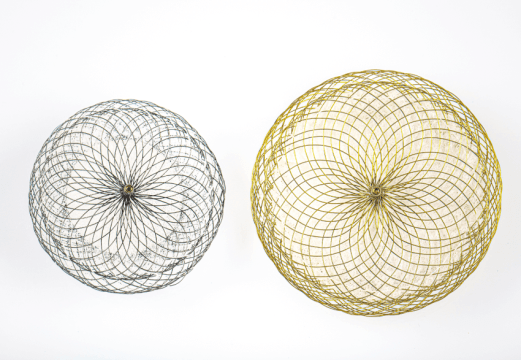Original title: Ischemic Outcomes After Coronary Intervention of Calcified Vessels in Acute Coronary Syndromes. Pooled Analysis From the HORIZONS and ACUITY Trials. Reference: Philippe Généreux, et al. J Am Coll Cardiol 2014;63:1845-54
Calcification of the arteries has always been a challenge and a generator of problems during coronary angioplasty, but its impact on acute coronary syndromes has not been well analysed and is also an exclusion criterion in many randomized studies. In this angiography sub-study, all patients who received angioplasty of the culprit vessel in the ACUITY and HORIZ ON-AMI studies revealed the following; 402 (5.9 %) patients with severe calcification, 1788 (26.1 %) with moderate calcification and 4665 (68.1 %) with mild or no calcification.
The primary endpoint was the relationship between the presence and extent of severely calcified coronary lesions and one-year events as death, cardiac death, myocardial infarction, definite stent thrombosis and lesion revascularization. Baseline characteristics of the population were similar with the exception that the group with severely calcified lesions had higher age, renal insufficiency, previous angioplasty and reduced ejection fraction. The calcified lesions were more frequent in the STEMI. With respect to baseline angiography, patients showed lesions that are more extensive, total occlusions, bifurcation lesions and significant thrombus presence in those with severe calcification compared to those with moderate, mild or no calcification.
The use of DES was similar between groups. The angiographic results among those with more severe calcification was more frequently sub-optimal with significant residual lesion, most often slow flow or no reflow, dissection or acute occlusion. In the evolution to 12 months, the primary endpoint was higher in those who had moderate / severe calcified lesions. In the multivariate analysis, the presence of moderate to severe calcified culprit lesion was associated with definite stent thrombosis (HR: 1.62; CI 95% 1.14 to 2.30, P = 0.007) and revascularization of the target lesion justified by ischemia (HR: 1.44; CI 95% 1.17 to 1.78, P = 0.0007).
Conclusion
Lesions with moderate / severe calcification are relatively common in patients with ACS with or without ST segment elevation, and are a predictor factor of stent thrombosis and target lesion revascularization at one year.
Comment
Severe calcification of culprit vessel shows us more complex lesion and a harder events to monitor. One factor contributing to this is that the stent might not have a correct apposition in the vessel wall with the consequent increase in the chance of thrombosis and restenosis. Intravascular images as IVUS or better yet the OCT may help to optimize angioplasty in these patients.
Dr. Carlos Fava para SOLACI.ORG





